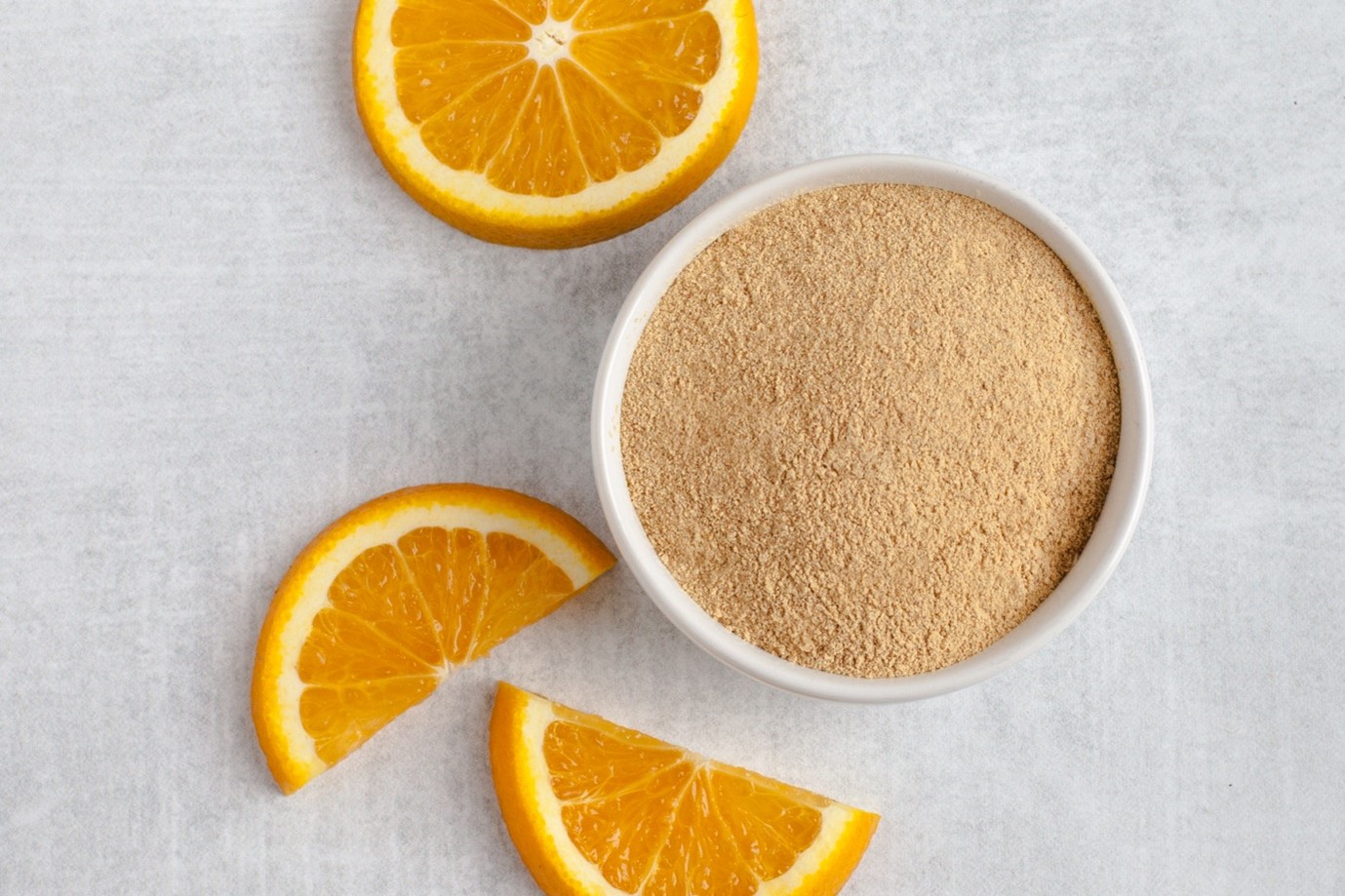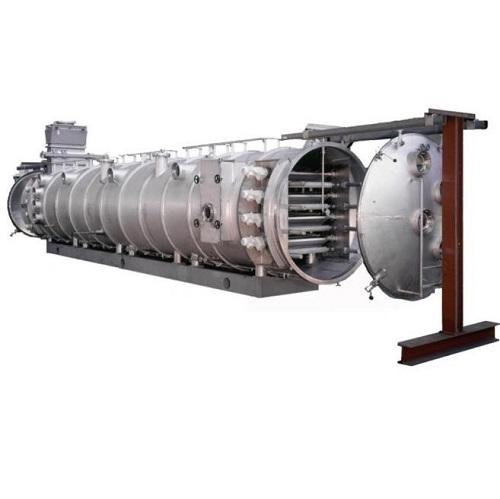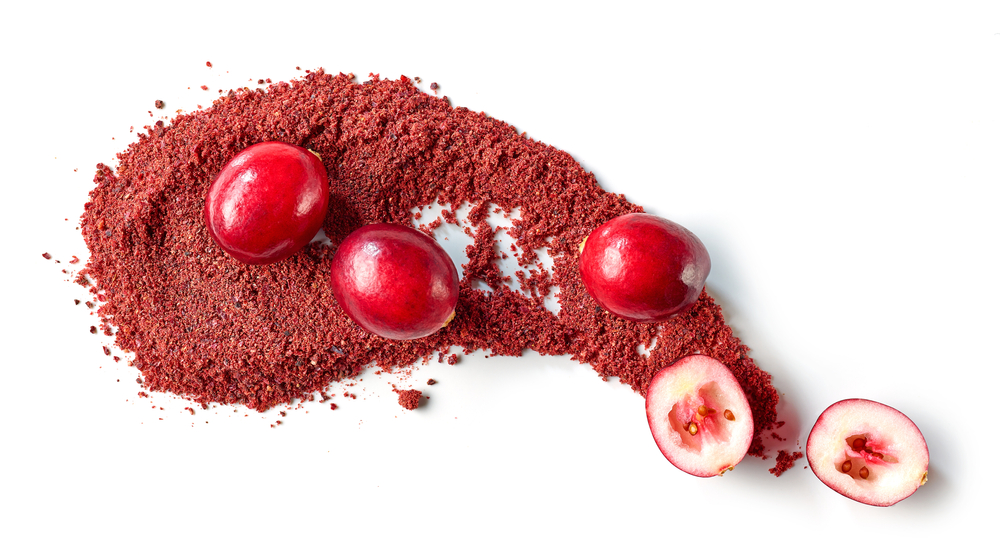Clean up your label, drying fruit extracts without using carriers
The grown-ups world is divided into two categories: those who read the entire food label by scrutinizing the unpronounceable ingredients one by one and those who do not. With the clean label trend growing, it is safe to say that the former category is wiping out the latter.
We all want more natural, pure products without chemicals, additives, or sugar. Carriers such as maltodextrin, whether one knows what they are or not, are precisely one of the ingredients that people label as “bad.”

Manufacturers add carriers as a drying aid when they make fruit or vegetable powder from carrots, beets, or berries, for example. Using maltodextrin in your powder drying process can improve powder stability, reduce powder hygroscopicity, and increase the powder’s bulk density due to its stickiness.
Maltodextrin is a multifunctional carrier. It is not only a drying agent but also a filler, a fat replacement, and a thickener. Carriers can contribute to a more efficient and smooth drying process resulting in higher throughput.
So, if maltodextrin plays a role in the powder drying process, why does it have the whole world against it?
Because it is nothing else but a complex form of sugar.
Maltodextrin is a polysaccharide, i.e., it is a carbohydrate made out of several sugar molecules bonded together. Although this white powder comes from natural products such as corn, rice, potato starch, tapioca, or wheat, it is highly processed.
In terms of chemistry, starch undergoes hydrolysis, a chemical process where water and acids break down the starch into sugar molecules.
Mystery solved. There’s nothing wrong with maltodextrin; it just doesn’t fit into today’s healthier and purer demand.
Can we also dry fruit extracts without a carrier for a purer result? Ask the experts!
This is precisely what we did.
To find an answer, we spoke with Andreas Hauri and Dieter Merk, food-drying experts from Bucher Unipektin.
“Let’s start by saying that not all products can be dried carrier free. For example, sticky products such as honey require a drying aid anyway.” Dieter explains. “But people are asking for a native product,” he continues. “And when they buy, for example, an artichoke extract, they do not want to find any maltodextrin in it. ”
Andreas states, “By gently vacuum drying these high-value and delicate extracts at low temperatures, you can obtain a pure fruit or vegetable extract while using minimal or no carriers.” The liquid extract lies on a belt running through a vacuum heating tunnel, where it immediately starts to foam up, forming a crispy product.
“We want to keep the product in this foamy, cake-like structure until the end because, in this form, we don’t need to add a carrier,” Andreas concludes.
The product must pass from a soft status to a hard one, so it can be milled in powder extract after.
The rising concern about food safety and public demands for transparency put pressure on producers. Lucky for them, this new drying method can help manufacturers deal with product reformulation to produce extracts with higher purity.

